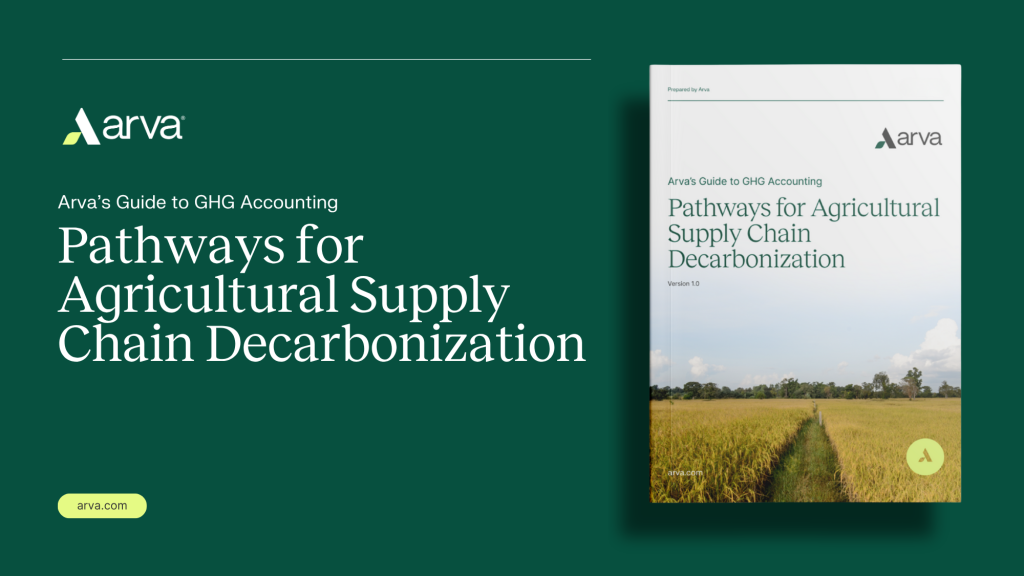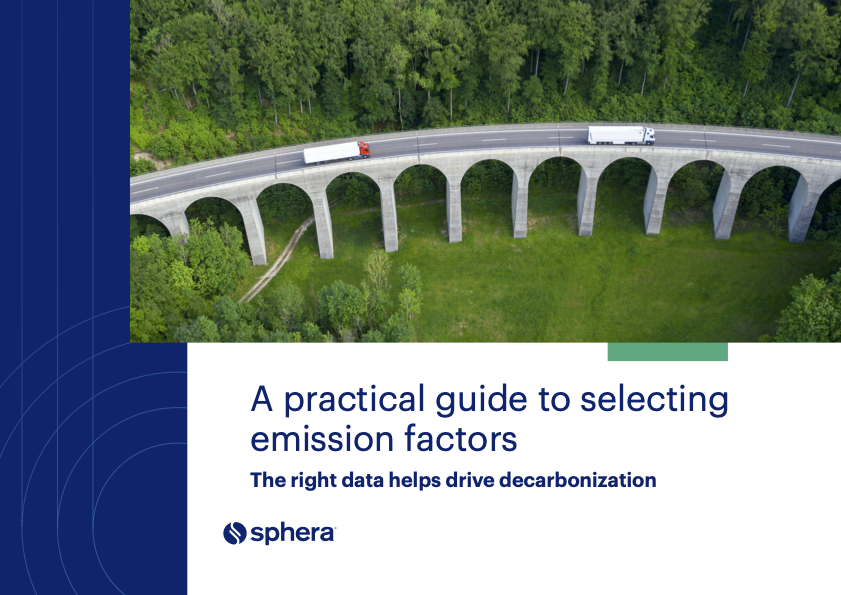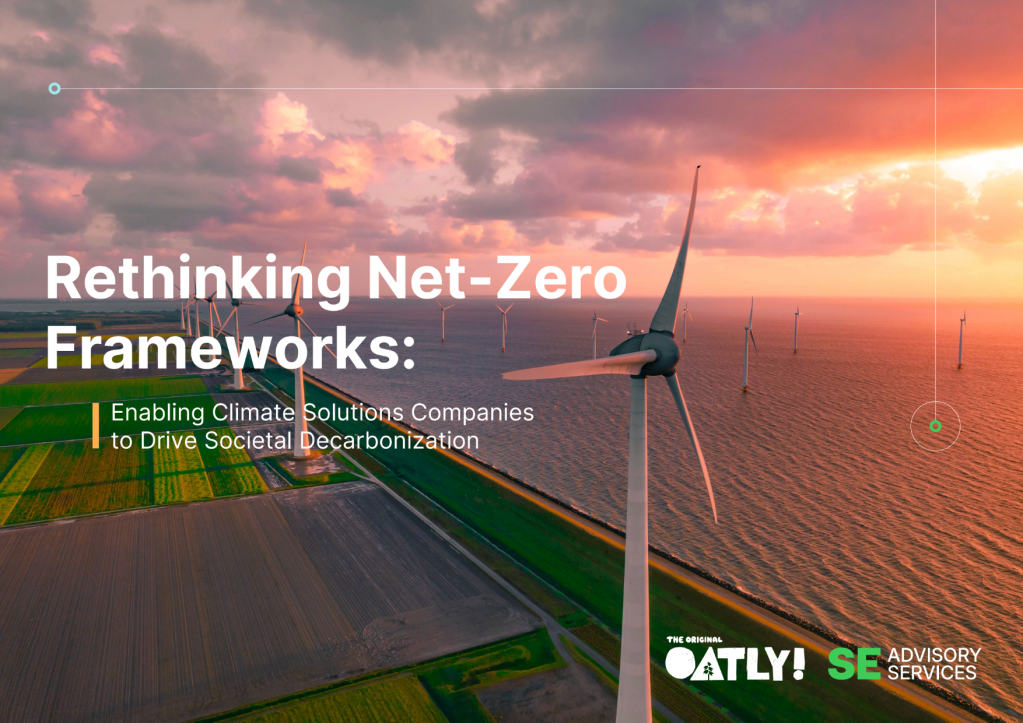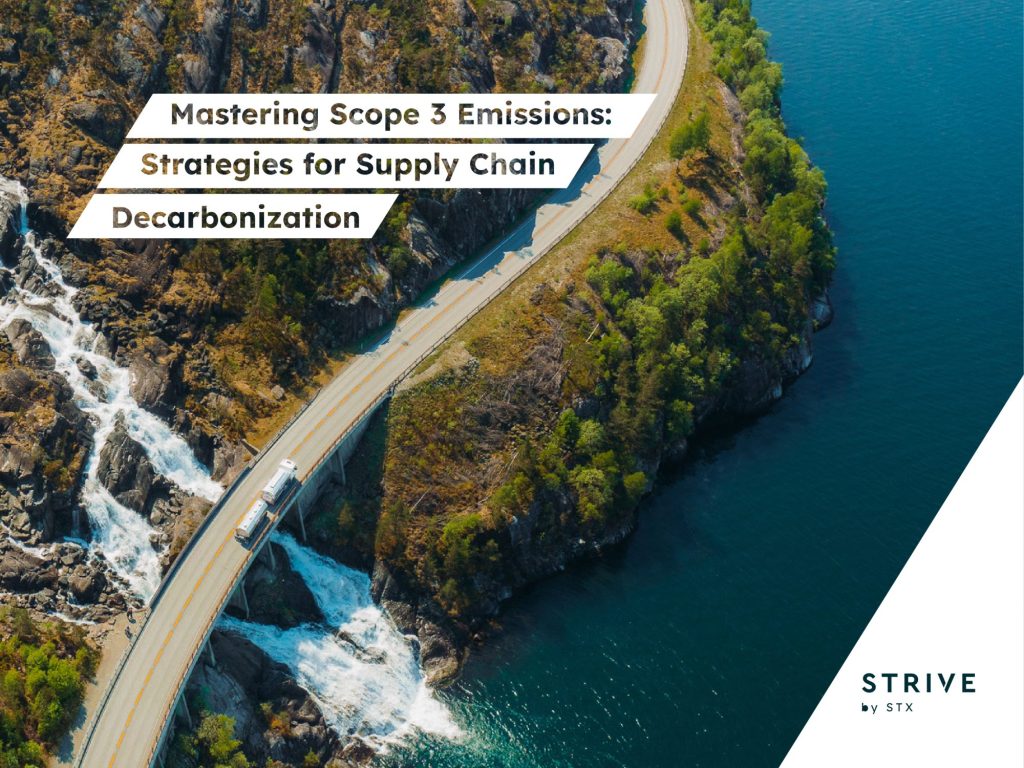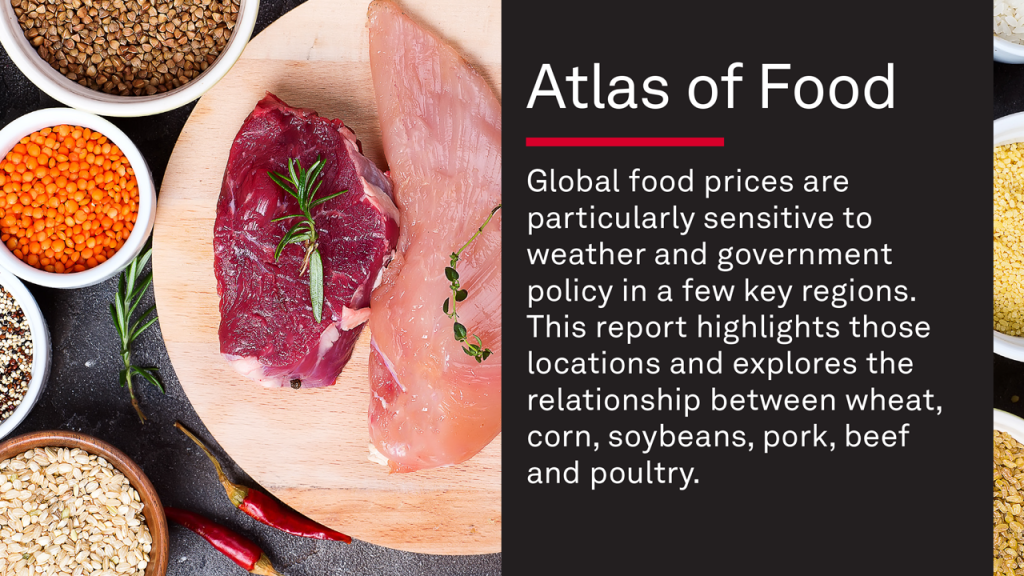3 key lessons from Mars’ 2024 sustainability report
The pet food and snack giant has accelerated its rate of emission reductions as its 2030 target comes into view. Read More

-
- Mars has been working toward an emissions goal in 2017, but its efforts only recently began translating into significant reductions.
-
- The company’s 2024 accounts include its first use of land-based carbon removals.
-
- Lack of consumer demand led Mars to discontinue carbon-neutral claims on two product lines.
The latest sustainability report from Mars, the private company that sold around $55 billion worth of snacks and pet food in 2024, paints a picture of an organization on track to hit its science-based 2030 target — but with little room to spare. Here are three takeaways for other businesses from the report.
Emissions only recently started tracking to net zero
Mars set a total emissions target in 2017, started working toward the goal immediately and had its plans validated by the Science Based Targets initiative in 2023. But it took several years for that effort to show up in the numbers. By 2021, emissions had fallen just 6 percent below its 2015 baseline, leaving the company well off pace on 2030 targets of a 63 percent cut in Scopes 1 and 2, alongside a 42 percent drop in Scope 3.
That’s because Mars, based in McLean, Virginia, had to start by working with suppliers — Scope 3 is 96 percent of the company’s current footprint — to reduce deforestation, as well as changing pet food recipes and increasing use of renewables in its direct operations, said Kevin Rabinovitch, Mars’ global vice president for sustainability and chief climate officer.
That work is bearing fruit: the company emitted around 29 million tons of carbon dioxide equivalent (tCO2e) in 2024, a drop of 16 percent since 2015. The progress has been achieved during a period of solid sales growth.
Mars will at least land close to its 2030 target if it can maintain its recent rate of reductions. Rabinovitch said the focus going forward will be on encouraging climate-smart agriculture and use of renewables by suppliers, together with continued work on deforestation. Each of those three pillars will drive around 10 percent cuts on 2015 levels by 2030, he added.
Mars will use land-based removals to hit its 2030 target
Regenerative agriculture can do more than cut on-farm emissions: Producers that integrate forestry with agriculture and use low-till practices can also help draw down CO2. In 2024, Mars deducted close to 42,000 tCO2e from its Scope 3 total to account for land-based removals it helped suppliers to implement.
That’s a sliver of the total for the year, but it’s set to grow. “The full potential is probably on the order of 10 or 15 percent of our footprint,” said Rabinovitch. By 2030, that would equate to 1 million-2 million tCO2e annually.
Mars is not alone in planning to lean on removals to hit targets. Nestlé’s net-zero roadmap, for example, sees the company subtracting 13 million tCO2e of removals from its Scope 3 inventory in 2030.
Advocates for the strategy argue that removals are an essential component of future net-zero strategies and that working with suppliers leads to more robust changes than investing in carbon credits from outside a company’s value chain. But critics counter that land-based removals are relatively easy to reverse and should not be netted against emissions to the atmosphere, some of which are essentially permanent.
Mars guards against the re-release of land-based carbon by placing 50 percent of the removals it generates in what’s known as a “buffer pool.” The removals are quantified, but rather than being subtracted from the annual total are held as insurance in case future reversals, say by wildfire, need to be accounted for.
Longer-term, added Rabinovitch, that objection will become less important because emissions will increasingly be tracked on a granular level at global scales. “The idea that you’re going to stop monitoring the farm and something bad is going to happen that’s not going to get accounted for — if that’s the system we’re expecting for in the future, we’re not going to solve these problems,” he said. “There can’t be large amounts of emissions that aren’t somehow being either voluntarily or regulatorily managed.”
Weak consumer demand nixed carbon-neutral product lines
Last year saw the end of carbon-neutral claims on the packaging for Mars Bars in the UK, Ireland and Canada, as well as kitten and puppy growth products in the company’s Royal Canin line. Plans for carbon-neutral status had been announced in 2021.
“The thought was if that was a more marketable claim that would resonate with consumers and drive incremental sales, the revenues could then fund the cost of the required carbon credits,” said Rabinovitch. In practice, the consumer demand didn’t materialize and the program “basically wasn’t self-funding,” he added.
Rabinovitch said that the company does not have a full understanding of why the claims did not drive more demand, but noted “a much discussed and well researched attitude and behavior gap in sustainability.” Asked about climate, recycling and other environmental issues, consumers say they care. “But then you go look at actual purchasing data and behavior of consumers in stores, and it really doesn’t translate.”

Subscribe to Trellis Briefing
Featured Reports

The Premier Event for Sustainable Business Leaders




